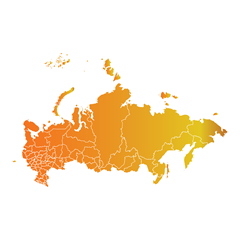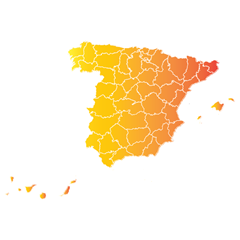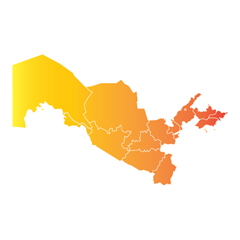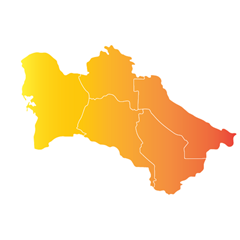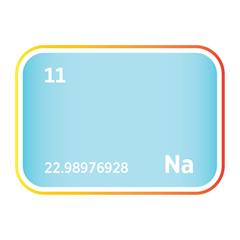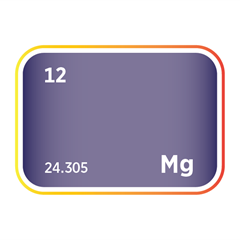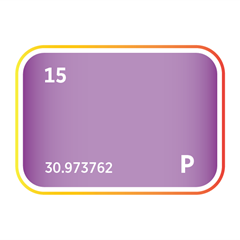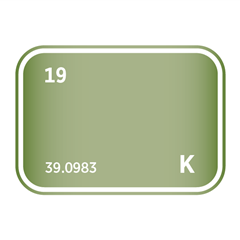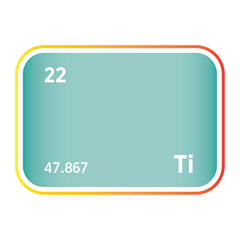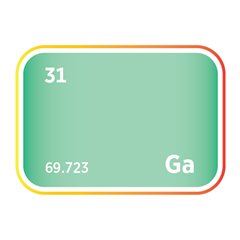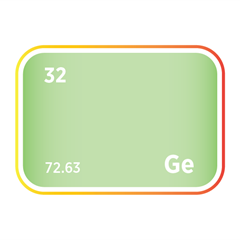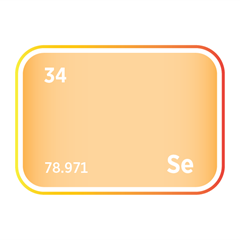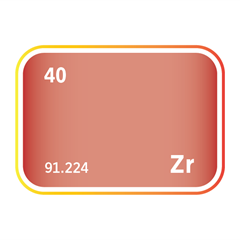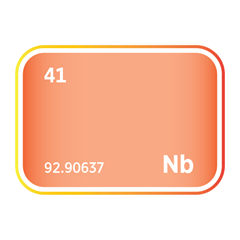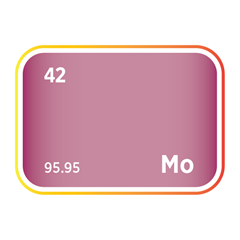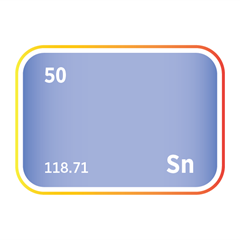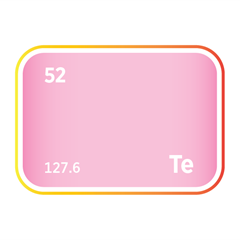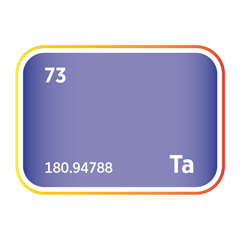Potassium
Critical Minerals and The Energy Transition
Navigating the Potassium Market
Potassium, a vital alkali metal, plays a crucial role in biological systems and various industrial applications, marking its significance in the global market. Potassium is essential for plant growth, a critical component of fertilisers, driving agricultural productivity and supporting global food security. Beyond agriculture, potassium compounds, such as potassium hydroxide and potassium carbonate, find extensive use in manufacturing, ranging from soaps and detergents to glass production and pharmaceuticals, demonstrating the element's versatility. The demand for potassium is underscored by its fundamental role in maintaining cellular functions in living organisms, including humans, highlighting the interconnectedness of health, nutrition, and industrial applications. However, the extraction and production of potassium, primarily from potash deposits, raises environmental and sustainability concerns, prompting the industry towards more efficient mining practices and exploring alternative sources. As the world increasingly focuses on sustainable development and the efficient use of resources, the potassium market faces the dual challenge of meeting rising global demand while minimising environmental impact, and driving innovation in extraction technologies and recycling methods to secure its role in the future of agriculture and industry.
An introduction to potassium
Potassium demand and end-uses
Potassium is an essential alkali metal that plays a critical role in plant physiology, food production, industrial processing, and a growing range of emerging technologies. Best known for its use in fertilisers, potassium is a fundamental nutrient required for plant water regulation, enzyme activation, and photosynthesis, making it vital to global agricultural productivity. Potassium fertilisers, particularly muriate of potash and sulphate of potash, are used extensively to improve crop yields, strengthen resistance to drought and disease, and enhance the quality of agricultural outputs across grains, fruits, and vegetables.
Agriculture accounts for the vast majority of potassium demand, with potash application central to both intensive farming systems and smallholder operations. As global food security becomes increasingly dependent on yield improvements, particularly in regions with nutrient-depleted soils, potassium demand continues to rise. In addition to direct field application, potassium compounds are also used in animal feed formulations to maintain livestock health and metabolic function.
Outside agriculture, potassium is used in a wide range of industrial and chemical applications. It plays a role in glass and ceramics manufacturing, where potassium carbonate and potassium nitrate help to improve product strength, thermal resistance, and clarity. In soaps and detergents, potassium hydroxide acts as a powerful base, supporting the production of liquid soaps and alkaline cleaners. Potassium salts are also used in metal treatment, dyeing, water softening, and in the synthesis of speciality chemicals, making potassium an essential input for many industrial supply chains.
In the energy sector, potassium is used in specialised heat transfer fluids and molten salt technologies for thermal energy storage, particularly in concentrated solar power systems. Its high thermal stability and conductivity make it suitable for high-temperature applications that require efficient energy retention and transfer. There is growing interest in potassium-ion batteries as an alternative to lithium-ion systems, particularly due to potassium’s greater abundance, lower cost, and similar electrochemical behaviour. Although still under development, potassium-ion batteries are being considered for stationary storage and grid-scale applications.
Potassium compounds also have niche applications in pharmaceuticals, food processing, and laboratory reagents. Potassium chloride and potassium citrate are used as dietary supplements and in the treatment of electrolyte imbalances, while potassium-based preservatives and acidity regulators are common in processed foods. In pyrotechnics and explosives, potassium nitrate and potassium perchlorate are used for controlled ignition and stable combustion.
Potassium’s importance to both food systems and industrial processes ensures a steady and growing baseline of demand, particularly as the world grapples with climate-resilient agriculture and sustainable intensification. At the same time, its emerging role in thermal energy storage and battery technology signals new opportunities in the context of the energy transition. With limited substitutes in most of its applications, potassium is likely to remain a cornerstone element across farming, manufacturing, and low-carbon technologies, reinforcing its strategic value in an increasingly resource-constrained world.
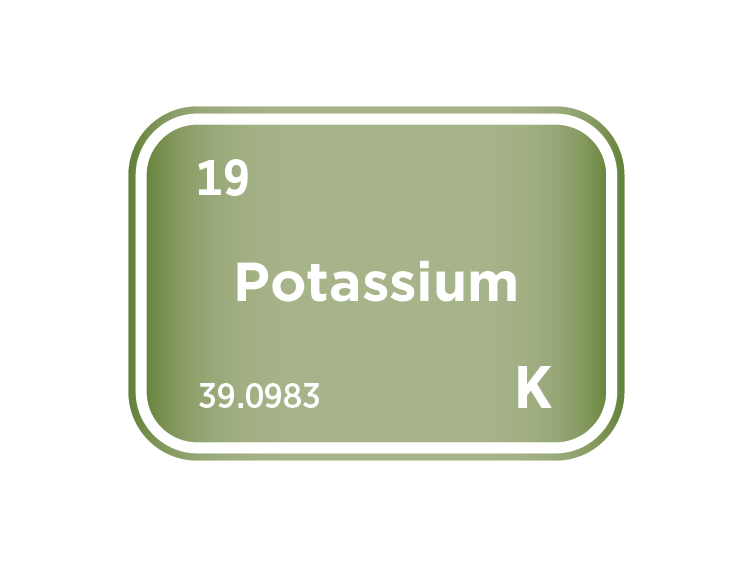
Potassium supply
Geology, concentrated production hubs, and the strategic importance of potash fertilisers to global food security shape potassium supply. As one of the three essential macronutrients in modern agriculture, alongside nitrogen and phosphorus, potassium is primarily sourced from potash, a group of potassium-bearing salts extracted from finite geological deposits. Unlike nitrogen, potassium cannot be synthesised; like phosphorus, it must be mined. Most potash is obtained from underground evaporite basins rich in sylvinite (KCl) or carnallite (KMgCl₃·6H₂O), using conventional shaft mining, solution mining, or solar evaporation of brines.
Global supply is highly concentrated, with Canada, Russia, Belarus, and China accounting for the vast majority of production. Canada is the largest producer and exporter, underpinned by extensive reserves in Saskatchewan and a mature mining sector operated by companies such as Nutrien, Mosaic, and K+S Potash Canada. Russia and Belarus are also major exporters, through Uralkali and Belaruskali, respectively, but face growing geopolitical isolation and sanctions following the war in Ukraine. While a major producer, China remains a net importer due to the scale of its agricultural demand.
Several other countries maintain important but smaller potash industries. Germany’s long-standing mining operations continue to supply European markets, while Israel and Jordan produce potash from the Dead Sea using energy-efficient solar evaporation. Chile recovers potassium-bearing salts as by-products from lithium brine extraction in the Atacama Desert. Brazil and Argentina actively pursue domestic potash development to reduce their import reliance. At the same time, new greenfield projects in Ethiopia and the Republic of Congo face infrastructural, regulatory, and environmental challenges.
Potassium trade is profoundly globalised, with major exporters serving agricultural markets across Asia, Latin America, and sub-Saharan Africa. India, Brazil, China, Indonesia, and Malaysia are among the largest importers, driven by the need to maintain soil fertility for high-output crops such as rice, maize, soybeans, and oil palm. Brazil is particularly exposed, importing most of its potash and pursuing strategic stockpiles, bilateral agreements, and investment in domestic reserves to reduce vulnerability to price shocks and geopolitical supply disruptions.
The potassium market is increasingly exposed to geopolitical risk, environmental constraints, and resource nationalism. Sanctions on Belarusian and Russian producers in 2022–2023 disrupted global supply chains and triggered price volatility, prompting many countries to reassess fertiliser import strategies. As a result, interest has grown in diversifying supply through unconventional sources such as sea brines, wood ash, and nutrient recovery from agricultural and industrial waste streams.
Environmental and social licence considerations are also reshaping the sector. Potash mining can lead to land subsidence, groundwater contamination, and brine discharge, particularly in ecologically sensitive areas. ESG pressures are intensifying, with stakeholders demanding lower-carbon extraction methods, responsible water management, and stronger community engagement. Solar evaporation and low-energy solution mining offer more sustainable alternatives, though they are geographically limited and dependent on climatic conditions.
Looking ahead, potassium supply will need to grow in tandem with rising global food demand, soil nutrient depletion, and the intensification of agriculture. This expansion must be achieved while navigating geopolitical risk, environmental pressures, and infrastructural limitations. Diversifying supply chains, investing in new production capacity, and improving nutrient efficiency will safeguard long-term potassium security for import-dependent nations and global food systems.
Potassium producers (potash)
Potassium substitution
Potassium substitution is limited due to its irreplaceable biological role in plant metabolism. Still, in certain agricultural and industrial contexts, partial substitutes or complementary inputs are used to manage scarcity, cost, or environmental concerns. As a key macronutrient, potassium is essential for water regulation, enzyme activation, photosynthesis, and stress tolerance in plants, meaning that direct substitution in fertiliser applications is not possible without compromising crop health and yield. However, alternatives and amendments can supplement potassium use, improve uptake efficiency, or mitigate the impacts of supply disruptions.
In agriculture, the most common strategy is not true substitution, but optimisation. Precision farming techniques, soil testing, and site-specific nutrient management allow farmers to apply potassium more efficiently and avoid overuse. Potassium-use efficiency can also be improved by using slow-release or controlled-release fertilisers, integrating potassium with nitrogen and phosphorus inputs, or adopting fertigation systems that deliver nutrients more directly to crop roots. In organic farming, potassium can be derived from natural sources such as wood ash, kelp meal, greensand (glauconite), or composted manures, though these have lower concentrations and are less scalable for large-scale commercial agriculture.
Certain potassium-bearing minerals and industrial by-products have been investigated as alternative sources. Feldspar, mica, and nepheline syenite contain potassium, but their nutrient release is extremely slow and often requires microbial or chemical activation to become plant available. Potassium recovery from municipal wastewater, ash from biomass combustion, or industrial brines is also being explored, particularly in circular economy frameworks. These approaches remain technologically challenging and are not yet cost-competitive with traditional potash mining. Still, they may play a growing role in future nutrient recovery systems, especially in countries with limited natural reserves.
In some contexts, alternative fertiliser strategies aim to reduce potassium demand. These include breeding or selecting crop varieties with improved potassium-use efficiency, using soil amendments that improve potassium availability (such as humic acids or silicon-based products), or encouraging biological interventions such as potassium-solubilising bacteria and fungi. These substitutes do not replace potassium itself, but they reduce the amount of externally supplied potassium needed for optimal plant growth.
In industrial uses, potassium compounds such as potassium hydroxide (caustic potash), potassium carbonate, and potassium nitrate are sometimes interchangeable with sodium-based analogues. For example, sodium hydroxide (caustic soda) can often be used instead of potassium hydroxide in detergent, chemical, and textile processes. However, the specific requirements for solubility, reactivity, or downstream compatibility may favour potassium in particular formulations. Substitution in industrial chemistry is often case-dependent and driven by pricing, purity requirements, and regulatory factors.
Potassium substitution remains highly constrained in fertiliser markets due to the nutrient’s essential role in plant physiology. While industrial uses offer more flexibility, the agricultural sector—accounting for over 90% of potassium demand—depends on continued access to potassium-bearing inputs. As such, efforts are better focused on efficiency, recovery, and diversification than full substitution. A resilient potassium supply remains a critical priority in a world facing growing demand for food and fertiliser security.



Meet the Critical Minerals team
Trusted advice from a dedicated team of experts.

Henk de Hoop
Chief Executive Officer

Beresford Clarke
Managing Director: Technical & Research

Jamie Underwood
Principal Consultant

Dr Jenny Watts
Critical Minerals Technologies Expert

Ismet Soyocak
ESG & Critical Minerals Lead

Thomas Shann Mills
Senior Machine Learning Engineer

Rj Coetzee
Senior Market Analyst: Battery Materials and Technologies

Franklin Avery
Commodity Analyst

How can we help you?
SFA (Oxford) provides bespoke, independent intelligence on the strategic metal markets, specifically tailored to your needs. To find out more about what we can offer you, please contact us.

